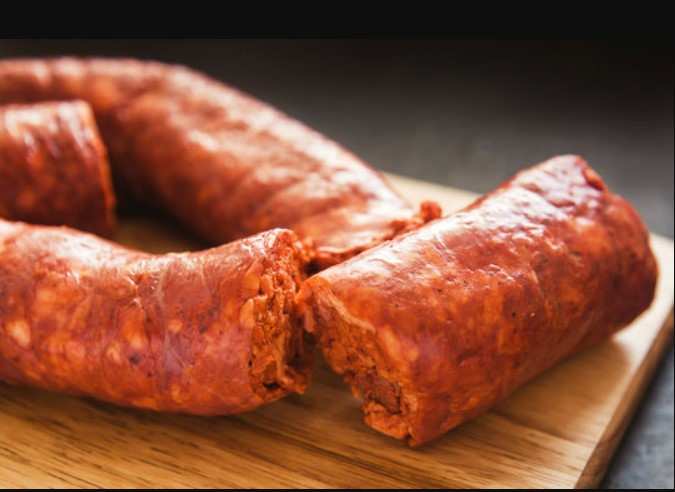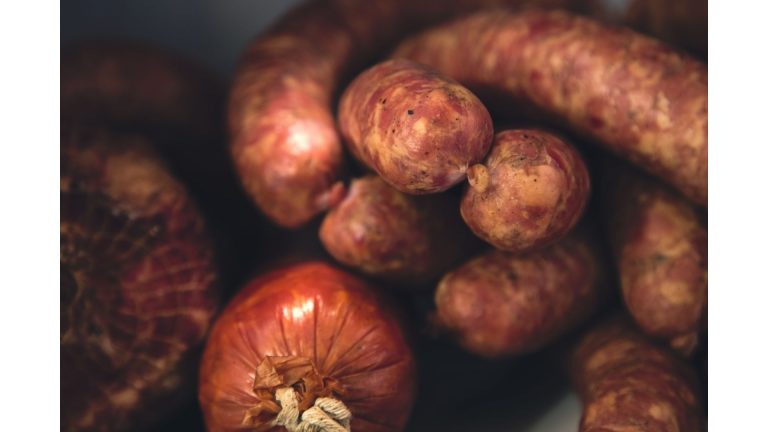Longaniza vs Linguica: What are the Differences?
The Iberian Peninsula is composed of Spain and Portugal.
The people of these countries speak different languages, have their own cultures and food, and are close to each other.
Both countries have similar versions of pork sausage, so if you are a passionate sausage maker, you might know that.
The longaniza and linguica are from Spain and Portugal, respectively.
Longaniza is a sausage that is traditionally made from pig intestines. It is usually cooked with onions and garlic and maybe seasoned with various herbs and spices.
Linguica is a sausage that is similar to longaniza. It is made from pork or beef, and it may be seasoned with salt, pepper, garlic, thyme, bay leaves, or paprika.
There are some notable differences between longaniza and linguica, even though they are similar at a glance.
Table of Contents
What Is Longaniza?
Longaniza is a cousin to the chorizo and is Spanish in origin.
It is popular in Spain, Mexico, Chile, Argentina, Puerto Rico, and other countries, including the Philippines which has a history of Spanish colonization.
There is a sausage that has made its way to many parts of the world. Longaniza is usually made with pork and stuffed in a small container.
The traditional spices used in longaniza include aniseed, nutmeg, cinnamon, garlic, paprika, and vinegar.
Longaniza is often dark red due to the use of these spices. From country to country, the meat and spices used in longaniza can be vastly different.
It can also be made with chicken or turkey since it is usually made with pork.
Mexican longaniza is often spiced with black pepper, while Filipino longanisa is often also spiced with black pepper and Spanish longaniza is often also spiced with black pepper.
Longaniza isn’t typically cured and is usually cooked fresh.

What Is Linguica?
Linguica is a Portuguese sausage with a lot of similarities to longaniza and chorizo. It is made from pork and stuffed into a natural shell.
Generally considered a mild sausage, the standard spices of linguica include salt, paprika, garlic, and vinegar. It has a smokey taste and is usually smoked or cured.

Longaniza vs Linguica
There are a few notable differences between Longaniza and linguica. The table below shows how these two types of sausage are different.
| Longaniza | Linguica |
| Spanish origin | Portuguese origin |
| Traditionally a pork sausage | Traditionally a pork sausage |
| Usually cooked fresh | Usually cured or smoked |
| Includes spices such as aniseed, nutmeg, and cinnamon. | The main spices are paprika, garlic, and vinegar. |
| Can be spicy, depending on region | Generally milder |
| Meat and spices are not the same across the globe. |
Conclusion
Longaniza is a smokier and cured version of pork sausage, while Linguica is a milder version.
Sausages take their own form based on where you are in the world, which speaks to the incredible variation and endless possibilities with sausage making.
Which direction do you want to take in your next batches of sausage? Are you going to stick with tradition or take a different approach?

Foodie and a passionate cook, I am here to share all of what I know about cooking, kitchen, and food prepping.
Follow me for delicious and healthy recipes.







